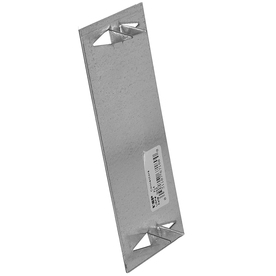Not according to 300.4(A)(1), bushings can be used in place of nail plates.
Where the inspector would be wrong is if he in fact says bushings are the only option.
Roger
Yes, either can be used, but only need to be used if the bored hole is closer than 1 1/4" from the edge of the stud. The OP shopteacher said the inspector was requiring bushings. I took his post to mean
only bushings, or that every stud had to have a bushing (like metal studs do).
One *could* cut EMT (exception #1 to 300.4(A)(1)) in 2.5" pieces, slide thru stud, and put bushings on both ends , but that's pretty hard to do if the wire is already pulled, and much more labor intensive than a nail plate.


